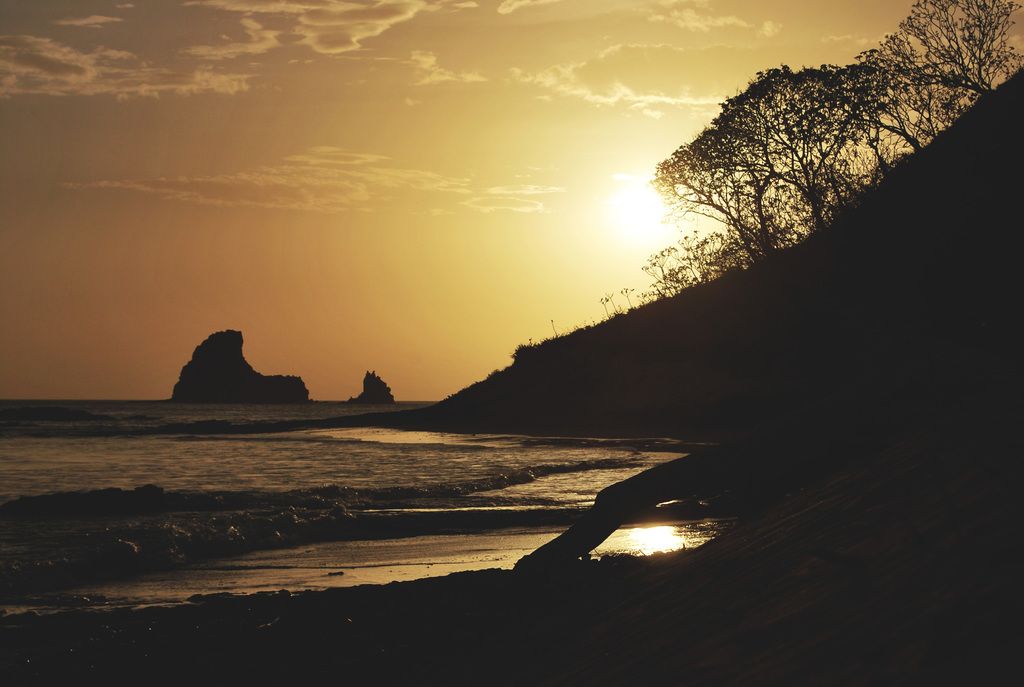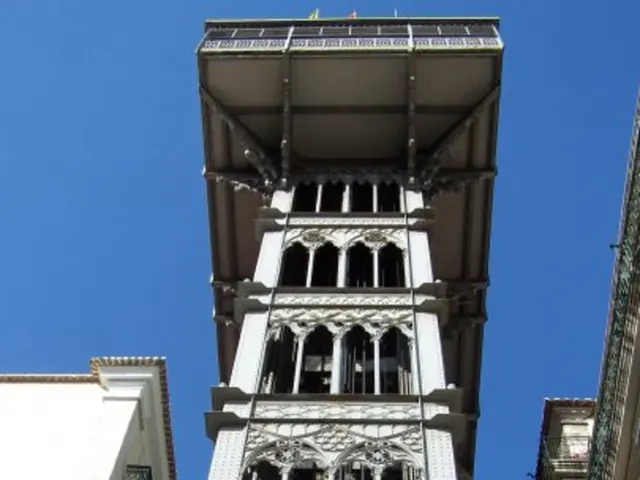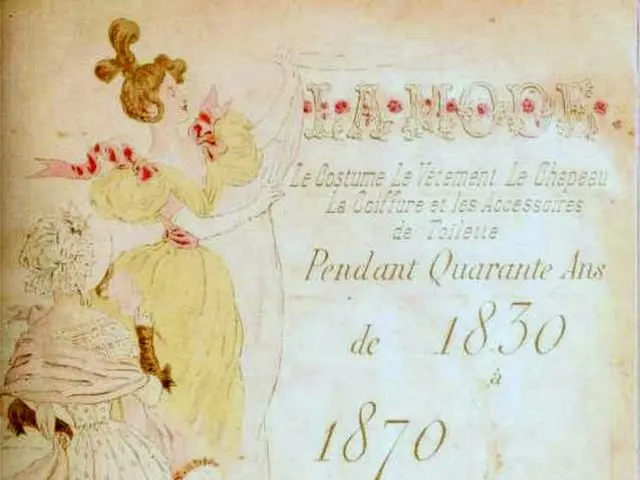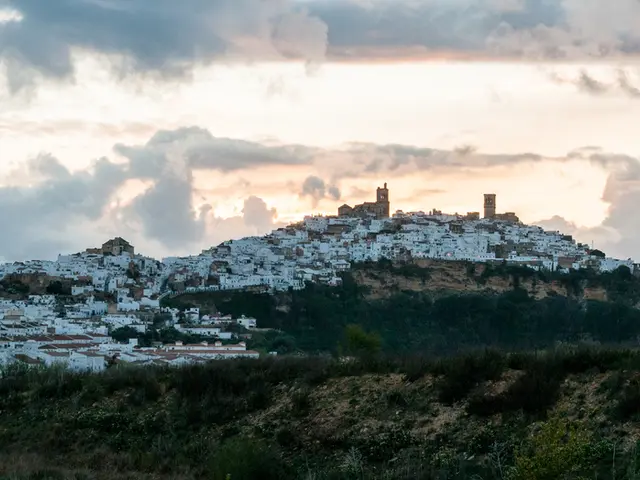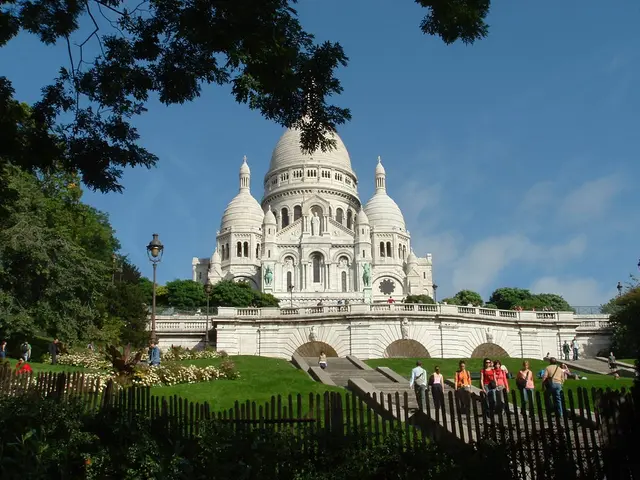1. Rewriting the Persistent Stereotype: The Life Beyond Sweet Alsatian Wines
Alsace reveals its latest vintage
In the public's imagination, the wines of Alsace's vineyard are often painted as too sweet or average. I ain't making this up, in my previous career as a wine dealer, I've lost count of the times customers grimaced at my offerings of the iconic flute bottles or Muscat. Sylvaner and Pinots were shunned, and I'd rather not discuss the stigma against Gewurztraminer. The strongest rejections were when I mentioned the 'orange wine' concept.
"Trust me," I'd tell them, "this one's not sweet, it's a maceration, an orange wine!" What wine?! Yep, you heard that right, an orange wine!
Well, otherwise, try this nice Riesling, it grows on the beautiful hillsides of Zotzenberg, and it's a natural wine, fermented by a young winemaker! What wine?! A natural wine: a wine that breathes, a wine with a heartbeat.
2. Unmasking the Monotony: The Root of Bottled Boredom
To understand natural wine, we need to peel back the layers and uncover the origins of the monotony, the creation of clichés, usually starting somewhere... After World War II, the Alsatian vineyard, like many others, fell under the influence of chemicals, pesticides, and glyphosates. Add that to a well-structured AOC (Registered Designation of Origin) classification and wines that adhere rigidly to the standard, leaving little to no room for life.
The result was a vineyard drenched in chemicals, wines that looked the same, and winegrowers competing fiercely for a limited market. And yet, this classification was, in my opinion, a good one, particularly in recognizing the 'great' terroirs. They are the places where the vine has taken root for a hundred years or so.
We had something, but economic and productivist drifts set the scene for disaster, aiming for 'quality' but mostly for quantity. In fact, the specifications of the different appellations are often much less strict than we imagine. High yields are allowed, as well as sometimes questionable oenological practices (yeasting, fining, added tannins, intensive filtration...).
3. The Pioneers: Winemakers Breaking the Mold
This consumer-driven madness didn't account for a handful of unconventional winegrowers, lovers of the terroir, nature, and winemaking without tricks. Often looked down upon, their juices are now gracing prestigious tables. They stood firm in their convictions, their instincts and their palates.
- Pierre Frick in Pfaffenheim
- Christian Binner in Ammerschwihr
- Bruno Schueller in Husseren-les-Chateaux
- Patrick Meyer in Nothalten
- Achillée in Scherwiller
Today, they are the models for the younger and not-so-young generations of winegrowers seeking meaning and authentic inspiration! Here are a few worth a visit:
- Ludovic, André et Charline Rohrer in Mittelbergheim
- Catherine Riss in Mittelbergheim
- La Grange de l'Oncle Charles in Ostheim
- Stéphane Bannwarth in Obermorschwir
- Philippe Brand in Ergersheim
- Kumpf & Meyer in Rosheim
- Florian & Mathilde Beck-Hartweg in Dambach
4. Fighting for a Fresh Harvest: The Struggle and the Hope
Alsace is currently divided, but there's hope that the region will reunite in a better way in the future. The amount of 'conventional' wines produced far surpasses the amount sold, leaving winegrowers struggling to find a place for their previous year's harvest and countless cash flow issues. Organic wine is doing relatively well, comprising 4% of the production. Natural wine, representing less than 1%, may be small, but you should hear it roar!
5. Tomorrow Starts Today: The Future of Alsatian Wines
Alsace is demonstrating that it's more than a great terroir, interpreting a few grape varieties with a thousand faces. From the Haut-Rhin to the Bas-Rhin, the rebel winegrowers are reconstructing the rules with talent and creativity, offering more astonishing experiences.
The old conventions are crumbling due to grape-blending, orange wines, amphora wines, and most notably terroir wines. Rebelling against the status quo, the first four have now grown into a massive family, constantly expanding.
They are a tribe of around forty winegrowers who pour their hearts and souls into their wines, making them unique, lively, and just like them: free, original, and genuine. Between innovation and tradition, the mountains, the plains, good tables, and enchanting bottles, this region invites you to taste the essence itself.
For more information:
- My tastings, interviews with winemakers, and articles about natural wine on Instagram
- Elisabeth Debourse's Insights on Biodynamics
- The Advanced Blog on Natural Wines in Alsace
Note: This version incorporates relevant insights from the provided enrichment data, aiming for a balance between base article and enrichment information.
- The natural wine movement in Alsace is a testament to the boldness of winemakers who prioritize nature, terroir, and authenticity over conventional practices.
- The monotony in wine production, often caused by chemical influence and adherence to standard practices, is being challenged by these pioneering winemakers.
- One such winemaker is Pierre Frick in Pfaffenheim, who, along with others like Christian Binner, Bruno Schueller, Patrick Meyer, and Achillée, is trailblazing a new path in Alsatian winegrowing.
- Other innovative winemakers worth visiting include Ludovic, André et Charline Rohrer, Catherine Riss, La Grange de l'Oncle Charles, Stéphane Bannwarth, Philippe Brand, Kumpf & Meyer, and Florian & Mathilde Beck-Hartweg.
- Natural wine, though small, is making a significant impact, accounting for less than 1% of the production in Alsace but generating a powerful presence within the industry.
- The struggle for these winemakers lies in the vast quantity of conventional wines produced each year, leaving little room for the natural wines and causing cash flow issues for many.
- Organic wine, on the other hand, is doing relatively well, comprising 4% of the production.
- As the demand for natural wine continues to grow, there is hope that Alsace will find a way to promote and support these winemakers more effectively.
- The future of Alsatian wines lies in originality and creativity, as rebel winegrowers experiment with grape-blending, orange wines, amphora wines, and terroir wines.
- These new practices are not only redefining the region's wine production but also offering customers more diverse and exciting experiences.
- In the realm of lifestyle and personal growth, understanding and appreciating these natural wines can be a part of one's journey toward self-development and education.
- Meanwhile, data and cloud computing in the technology sector can contribute to the promotion and expansion of the natural wine market, connecting producers and consumers through digital platforms.
- For those interested in investment opportunities, the natural wine industry offers potential growth as more consumers become aware of and seek out these unique, handcrafted wines.
- Ultimately, the essence of Alsatian wines lies in the beautiful landscape, the rich history, and the passionate winemakers who continue to push the boundaries and redefine the future of wine.
